Une étude menée par l'Institut de recherche Terry Fox (IRTF) a développé un nouveau logiciel clinique de calcul de risque qui détermine correctement, neuf fois sur dix, si les taches ou les lésions (nodules) sont bénignes ou malignes à partir d'une tomodensitométrie du poumon chez les personnes à risque élevé de cancer du poumon.
Get Started for FREE
Sign up with Facebook Sign up with X
I don't have a Facebook or a X account

 Your new post is loading... Your new post is loading...
 Your new post is loading... Your new post is loading...
Current selected tag: 'Medicine'. Clear
By Kate Kelland LONDON (Reuters) - Scientists have for the first time created a functional human liver from stem cells derived from skin and blood and say their success points to a future where much-needed livers and other transplant...
Gust MEES's insight:
Scientists have for the first time created a functional human liver from stem cells derived from skin and blood and say their success points to a future where much-needed livers and other transplant...

Agnieszka Kijonka's comment,
July 7, 2013 6:40 AM
So now we can live our lives by destroying our inner organs? Drinking, overeating, drugging ourselves and then change liver like a car tyre?

Dr.Pedro Bernáldez's curator insight,
July 8, 2013 4:44 AM
Congratulations for the scientists !!!!! It´s a great new!!!!
Researchers are designing tiny particles to act as medicine.
The particles are coated with waterlike molecules that allow them to travel inside the body without being detected by the immune system, Farokhzad said. Their surfaces contain molecules that provide them with a "GPS" to seek out abnormal cancer cells.
Once they find a cancer cell, the particles stick, and like a Trojan horse, the cancer cells take them inside where they can release medicine that's toxic to the cell, Farokhzad said. [Watch the World Science Festival Live.]
In a study published last year in Science Translational Medicine, Farokhzad and colleagues showed that, in people, the nanoparticles delivered a much higher dose of medicine to cancer cells than to other cells in the body. Follow-up studies will test the effectiveness of the drug at treating tumors.
Gust MEES's insight:

Richard Robert's comment,
June 19, 2013 3:11 AM
Thanks for sharing, this is a good piece. Apart from nanoparticles, nanorobots are also on the rise in cancerology: http://www.paristechreview.com/2013/04/26/cancer-treatment/
Researchers have discovered a hormone that triggers the production of insulin-producing cells in mice, a development that could lead to better diabetes treatments in the future.
Gust MEES's insight:
Learn more:
- http://www.scoop.it/t/21st-century-innovative-technologies-and-developments/?tag=Diabetes
- http://www.scoop.it/t/21st-century-innovative-technologies-and-developments/?tag=Diabetes1
- http://www.scoop.it/t/21st-century-innovative-technologies-and-developments/?tag=Diabetes2
GE's new HDlive ultrasound creates a clear and colorful 3D image of a fetus in utero. Parents get an excellent view of their child-to-be and doctors are able to see details that...
Gust MEES's insight:
GE's new HDlive ultrasound creates a clear and colorful 3D image of a fetus in utero. Parents get an excellent view of their child-to-be and doctors are able to see details that let them more accurately assess the fetus's health.
A tiny sponge in the boodstream could stop poisons from bacterial infections and snakes -- and might solve the problem of antibiotic resistance.
Gust MEES's insight:
Un étudiant de 16 ans de Calgary au Canada a reçu mardi un prix pour ses recherches sur une thérapie utilisant des nano-particules d'or qui, injectées à un cancéreux et chauffées, tuent les cellules malades, a annoncé le laboratoire français...
Gust MEES's insight:
L'un des problèmes réduisant l'efficacité de la photothermie dans la lutte contre les tumeurs est la défense de ces dernières, qui produisent des «protéines du stress» pour se protéger contre la chaleur.
Medical history made with first 'functional cure' of unnamed two-year-old born with the virus but now needing no medication
Gust MEES's insight:
Medical history made with first 'functional cure' of unnamed two-year-old born with the virus but now needing no medication.
Un remède miracle ? Des chercheurs américains ont montré qu’une protéine, appelée Tat-bécline 1, stimule un mécanisme cellulaire qui préserverait d’un spectre très large de pathologies, allant des...
Gust MEES's insight:
À suivre de près...
Researchers have identified a cancer-preventing molecule that causes the immune system to prevent the formation and spread of tumors.
Gust MEES's insight:
Great Discovery...
Scientists examined the tumor-initiating events leading to pancreatic cancer (also called pancreatic ductal adenocarcinoma or PDA) in mice. Their work may help in the search for earlier detection methods and treatments.
Équipé d’une prothèse de jambe robotisée, un jeune Américain est parvenu à monter par les escaliers, les 103 étages de la tour Willis, l’un des plus grands gratte-ciels.
En savoir plus :
Inspiré par la cathédrale Saint-Paul, à Londres, ce capteur composé d’or et de verre détecte instantanément les virus, même les plus petits.
Son principe repose sur un subtil changement de fréquence de la lumière dans le milieu lors du passage du virus. Après quelques ajustements, les scientifiques espèrent l’améliorer pour qu'il repère des molécules, comme les protéines.
En savoir plus :
|
A Google Glass-wearing surgeon transmits video of major knee surgery to colleagues and students. It's a first-of-its-kind moment in the US and a big step for wearable tech. Read this article by Christopher MacManus on CNET.
Gust MEES's insight:
Check it to find out the possibilities of Google Glass applications, very interesting...
From
mashable
Jake Evill used a 3D printer to create a breathable, lightweight, recyclable and washable exoskeleton that replaces the bulky plaster cast.
Gust MEES's insight:
Les scientifiques espèrent développer un seul et unique vaccin qui immuniserait contre toutes les formes de grippe. Ils pourraient s’inspirer d’une nanoparticule, formée de deux types de protéines et...
Gust MEES's insight:
Ce serait génial...
euronews knowledge, fresh ideas directly from the experts Subscribe for space on Mondays, sci-tech on Wednesdays and more to come: http://eurone.ws/Y9QTy3 Fi...
Gust MEES's insight:
Very interesting, good to know...
An experimental pill technology at Mass General Hospital in Boston could change how throat-scanning endoscopies are done.
Gust MEES's insight:
An experimental pill technology at Mass General Hospital in Boston could change how throat-scanning endoscopies are done. More comfortable than the BIG Endoscope...
Lors d’une opération il n’est pas toujours possible d’exprimer sa souffrance par les mots. Dans une étude récente, une équipe française a montré que la douleur pouvait être mesurée grâce aux mouvements de la pupille de l’œil.
Gust MEES's insight:
Très intéressant... Peut être la fin de l'échelle de douleur 1-10 !?
A company has developed an electronic health sensor that attaches like a "second skin" to your body and monitors your health.
Gust MEES's insight:
WOW! Very interesting...
e-Medicine is on the rise. Medicine has perennially been stuck in the era of fax machines, but new technology and new laws are bringing innovation in mobile devices, data analytics, and telemedicine. This collection explores how the e-medicine explosion is changing the way we collect and use health information—and how businesses manage health-care costs.
Gust MEES's insight:
WOW! A MUST check!!!
Researchers from the Universitat Autònoma de Barcelona (UAB), led by Fàtima Bosch, have shown for the first time that it is possible to cure diabetes in large
Gust MEES's insight:
WOW!
Les cellules souches, ces cellules indifférenciées capables d’engendrer des cellules spécialisées, sont les cellules les plus importantes pour les chercheurs et autre scientifiques en médecine.
Scientists have discovered an enzyme used in nature to make powerful chemicals from catnip to a cancer drug, vinblastine. The discovery opens up the prospect of producing these chemicals cheaply and efficiently.
Read more, very interesting: http://www.sciencedaily.com/releases/2012/11/121121145634.htm#.UK5M4zXokII.twitter
(Medical Xpress)—In a study to decipher clues about how prostate cancer cells grow and become more aggressive, Johns Hopkins urologists have found that reduction of a specific protein is correlated with the aggressiveness of prostate cancer, acting...
Read more: http://medicalxpress.com/news/2012-08-team-biological-indicator-aggressive-recurrent.html
|









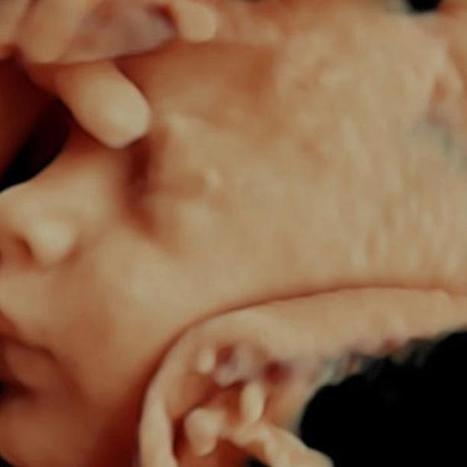
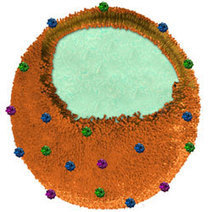
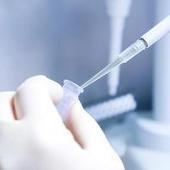
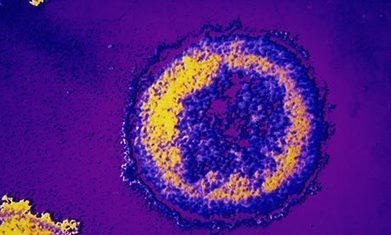
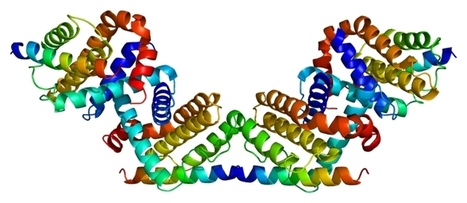
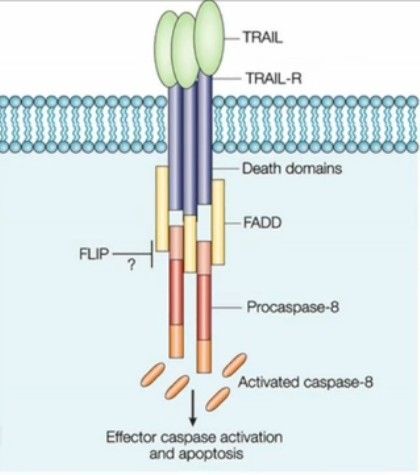
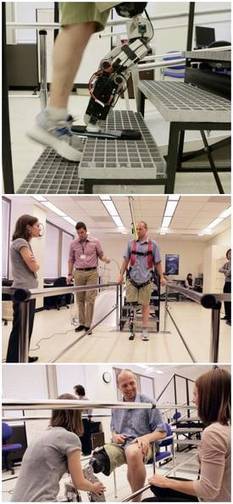
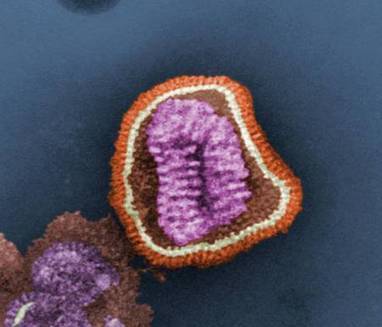
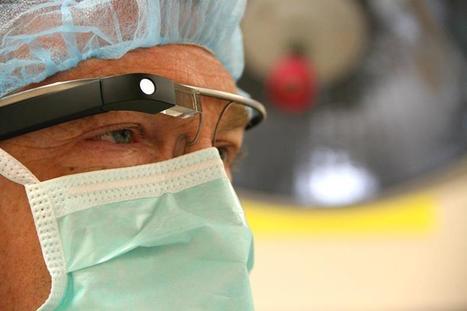
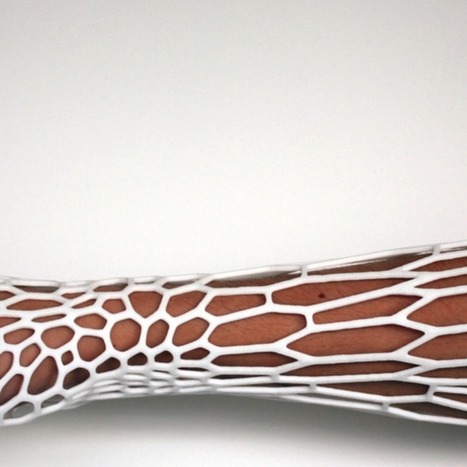

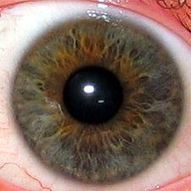
![MC10's New Biometric Health Sensor Is Like a 'Second Skin' [VIDEO] | 21st Century Innovative Technologies and Developments as also discoveries, curiosity ( insolite)... | Scoop.it](https://img.scoop.it/RH2ma_vFJubS5KSKAjKkOjl72eJkfbmt4t8yenImKBVvK0kTmF0xjctABnaLJIm9)










Une étude menée par l'Institut de recherche Terry Fox (IRTF) a développé un nouveau logiciel clinique de calcul de risque qui détermine correctement, neuf fois sur dix, si les taches ou les lésions (nodules) sont bénignes ou malignes à partir d'une tomodensitométrie du poumon chez les personnes à risque élevé de cancer du poumon.
De très bonnes nouvelles...